

- Contact Us
- Search
-
Mayflower400 partner destinations:
10 things you didn't know about Southwark
Jun 17, 2020
The Mayflower story and the London borough of Southwark’s role in that historic voyage are deeply intertwined.
Strategically located on the south side of London Bridge, opposite the City, Southwark has a history as a place of trade and travel since before Roman times.
It has long been an internationally recognised cultural destination, renowned for its vibrant performing and visual arts, history and heritage. There are, however, two areas of special interest in relation to the Mayflower.
The first is the ancient borough of Southwark, where the Separatist church was founded in 1592 and where it was very active in the run-up to the 1620 voyage.
It was Henry Jacob and Sabine Staresmore who began the negotiations on behalf of Leiden and in this area several passengers, investors and church leaders lived.
The second area is Rotherhithe, where the Mayflower was based and where several of its crew lived including its Master and part-owner.
Here are 10 things you may or may not know about Southwark...
1) The captain of the Mayflower lived in Southwark
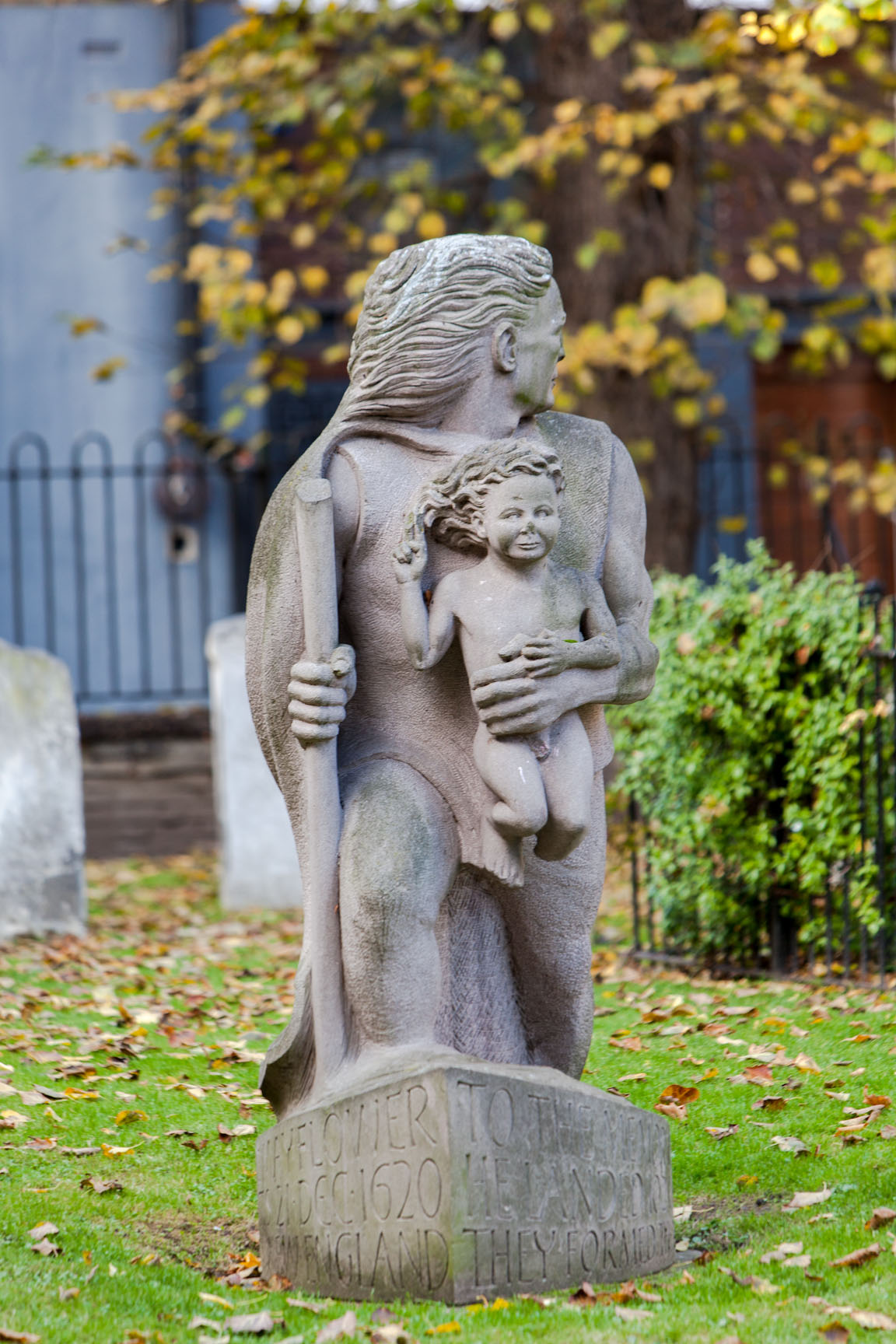
Rotherhithe has a long seafaring and shipbuilding history and was the place where Christopher Jones, the captain and part owner of the ship, and many of the crew lived.
Jones is believed to have been born in the seaside town of Harwich in 1570, and was the son of Christopher Jones Senior, who was also a mariner and ship owner. He lived in Harwich and was married twice in the Essex port - where the Mayflower was built.
After successfully navigating the passengers and crew across the Atlantic – and back – Jones eventually died in March 1622, worn out by the hardships, and was buried at St Mary’s Church in Rotherhithe, where a statue commemorates his role in the Mayflower story.
The Mayflower may also have ended her life in Rotherhithe, too, and was most likely broken up a few years later as Rotherhithe was also a ship-breaking port.
2) Southwark has strong links to the Separatist Pilgrims
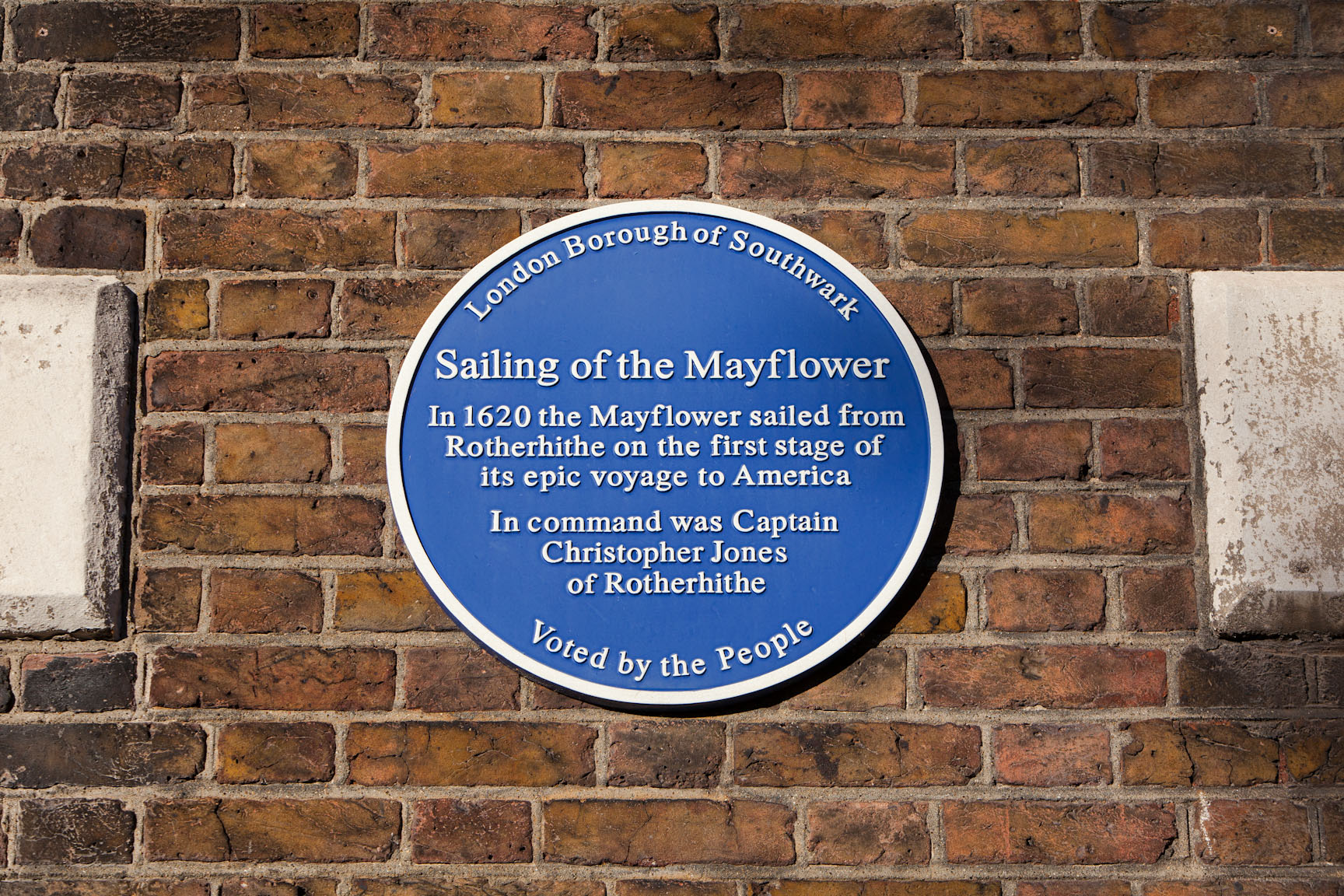
Southwark’s links with the Separatist Pilgrims find their origins several decades before the sailing of the Mayflower.
After the Reformation and the formation of the Anglican Church in the 16th century, it was mandatory for everyone in England to worship according to established religious rituals.
Those who refused (‘dissented’) or sought to promote Independent, or Separatist, religious gatherings were fined, imprisoned and, in some cases, executed for their beliefs.
You can find out more on a trail named ‘Dissenting Traditions: Borough, Bankside and Bermondsey’, which will take you to points in the long history of this ‘gathered church’ (also known as the Pilgrim Church) in Southwark before and after 1620.
3) Southwark has the oldest gothic church in London
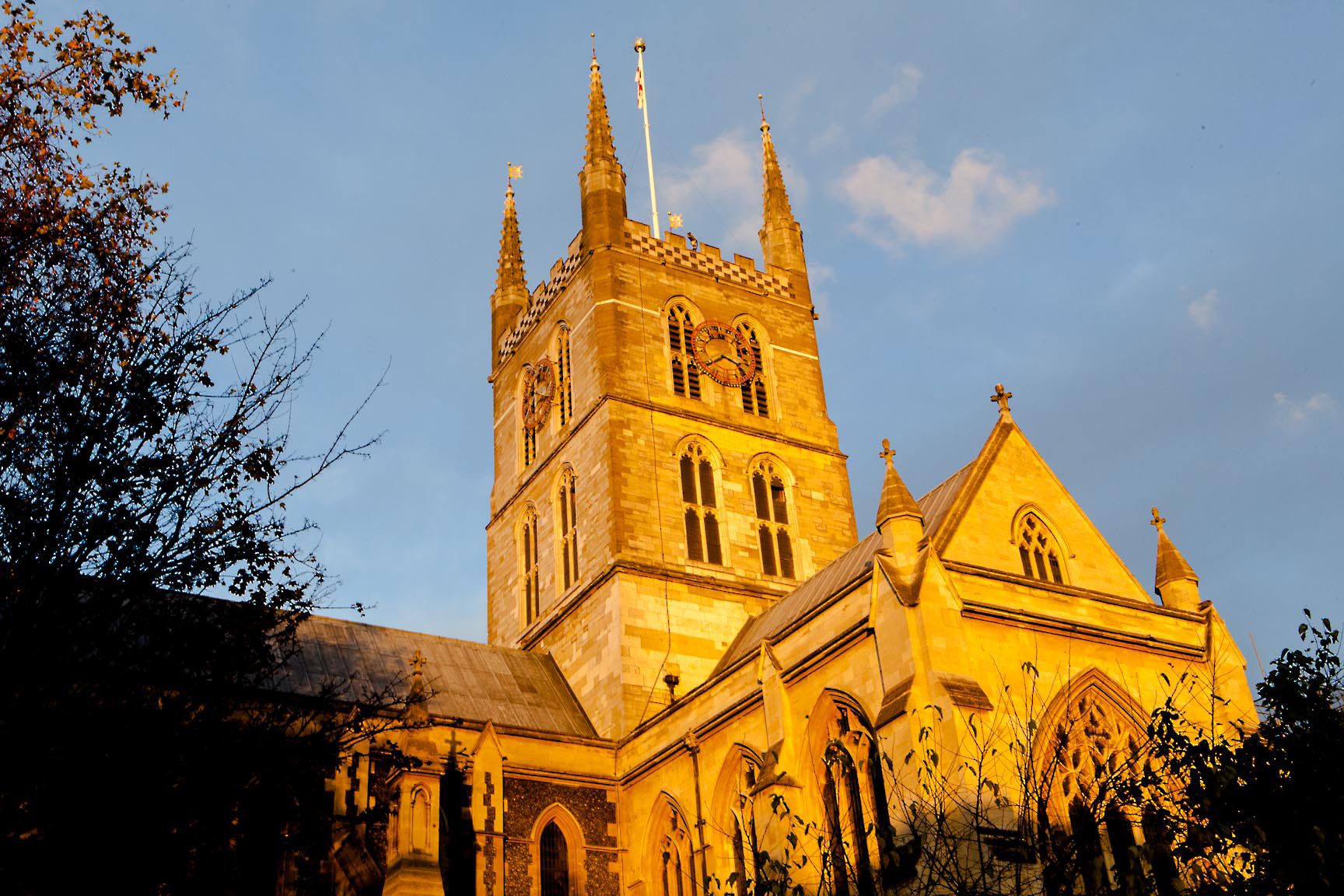
Southwark Cathedral lies on the south bank of the River Thames, close to London Bridge. It is the mother church of the Anglican Diocese of Southwark and has been a place of Christian worship for more than a thousand years, but a cathedral only since the creation of the diocese of Southwark in 1905.
Between 1106 and 1538 it was the church of an Augustinian priory, Southwark Priory, dedicated to the Virgin Mary. Following the dissolution of the monasteries, it became a parish church, with the new dedication of St Saviour's.
The church was in the diocese of Winchester until 1877, when the parish of St Saviour's, along with other South London parishes, was transferred to the diocese of Rochester.
The present building retains the basic form of the Gothic structure built between 1220 and 1420, although the nave is a late 19th-century reconstruction.
4) … and another church with strong Mayflower links
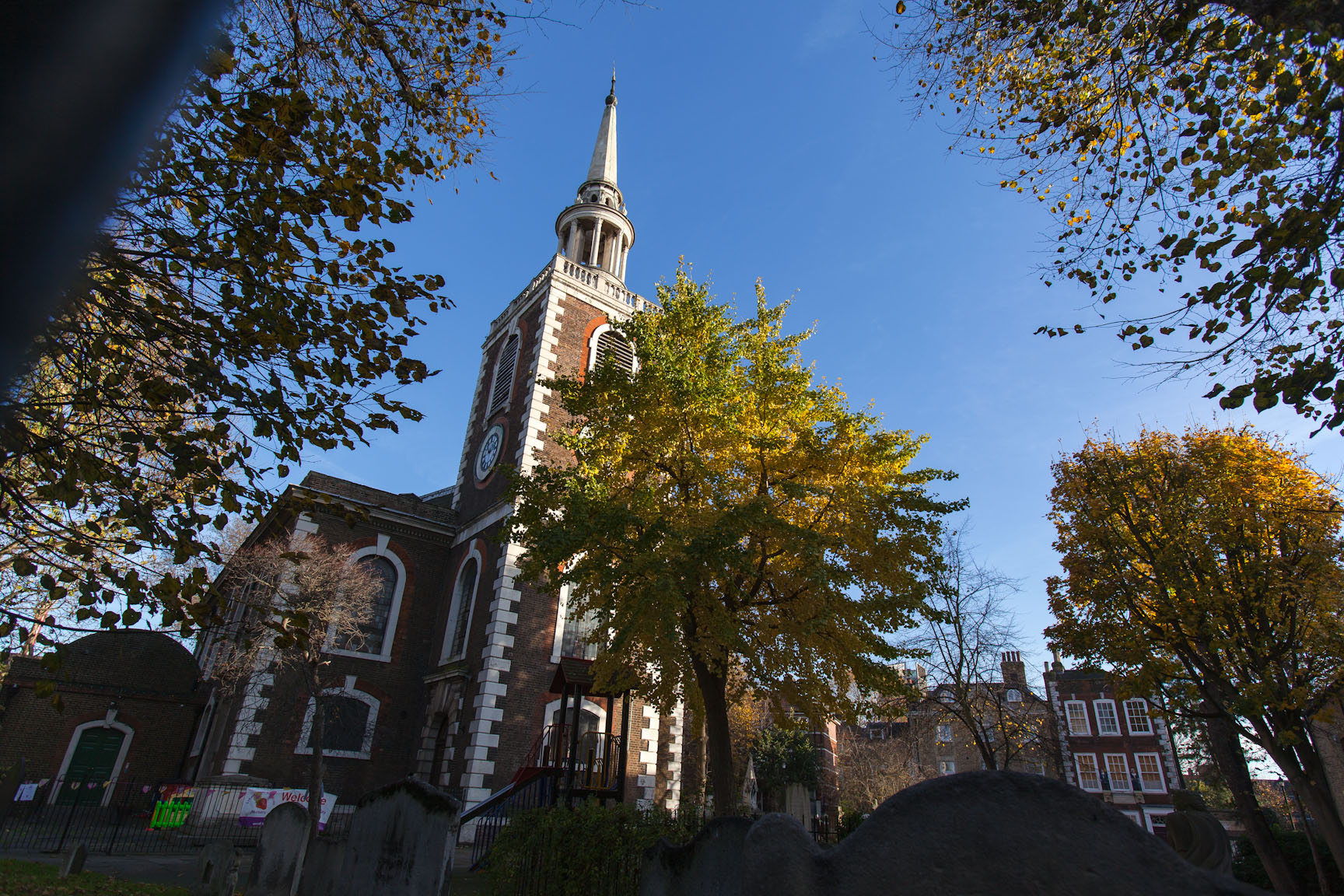
St Mary’s Church is the local Church of England parish church in Rotherhithe, and Christians have worshipped on this site for at least a thousand years.
The present parish church, replacing a 12th century building, was completed in 1716. Designed by John James, an associate of Sir Christopher Wren, it has a homely grandeur with deep roots in the maritime history of Britain.
The links with the 'Mayflower', with the Pilgrim Fathers, and with Prince Lee Boo of Pelau, are particularly treasured. Although Captain Christopher Jones' grave was lost during the rebuilding, a new memorial was erected to him in 1995 on the 375th anniversary of the Mayflower's historic voyage.
St Mary's remains a living and working church, supported by local people and serving a broad community.
5) Southwark has a pub called ‘The Mayflower’
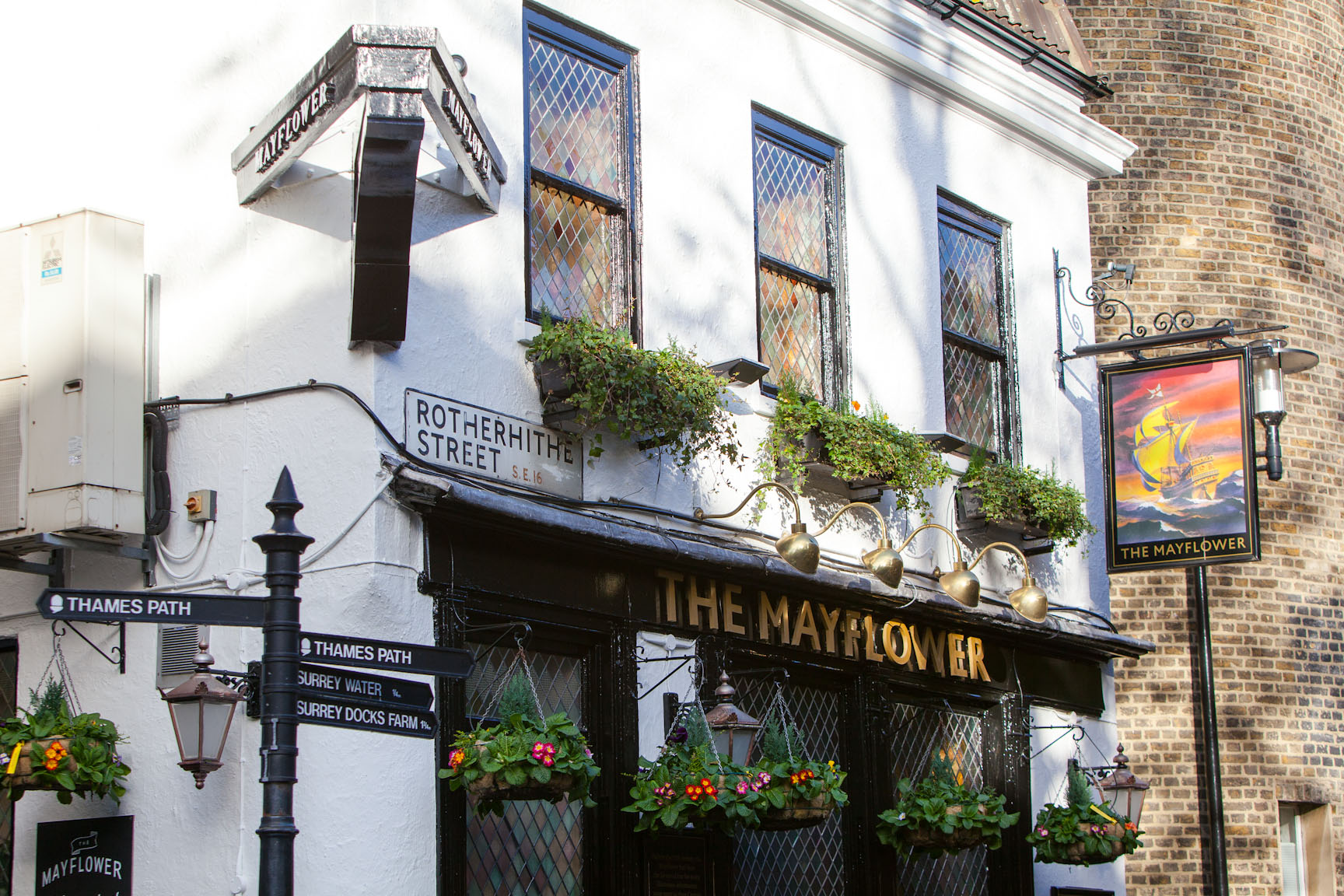
'The Mayflower' is traditional and typically English pub surrounded by cobbled streets, with the outside decked jetty and cosy candlelit restaurant offering stunning river views.
Look out for the original 1620 mooring point of the Pilgrim Fathers’ ship, warm yourself by the open fire and imagine who may have been sitting in your seat some 400 years ago!
The pub has many references to the Mayflower Pilgrims and captain Christopher Jones, including the passenger list. Mayflower descendants can even sign the descendants’ visitors’ book.
Another claim to fame is that ‘The Mayflower is the only pub in England that sells stamps!
6) London’s oldest food market is in Southwark
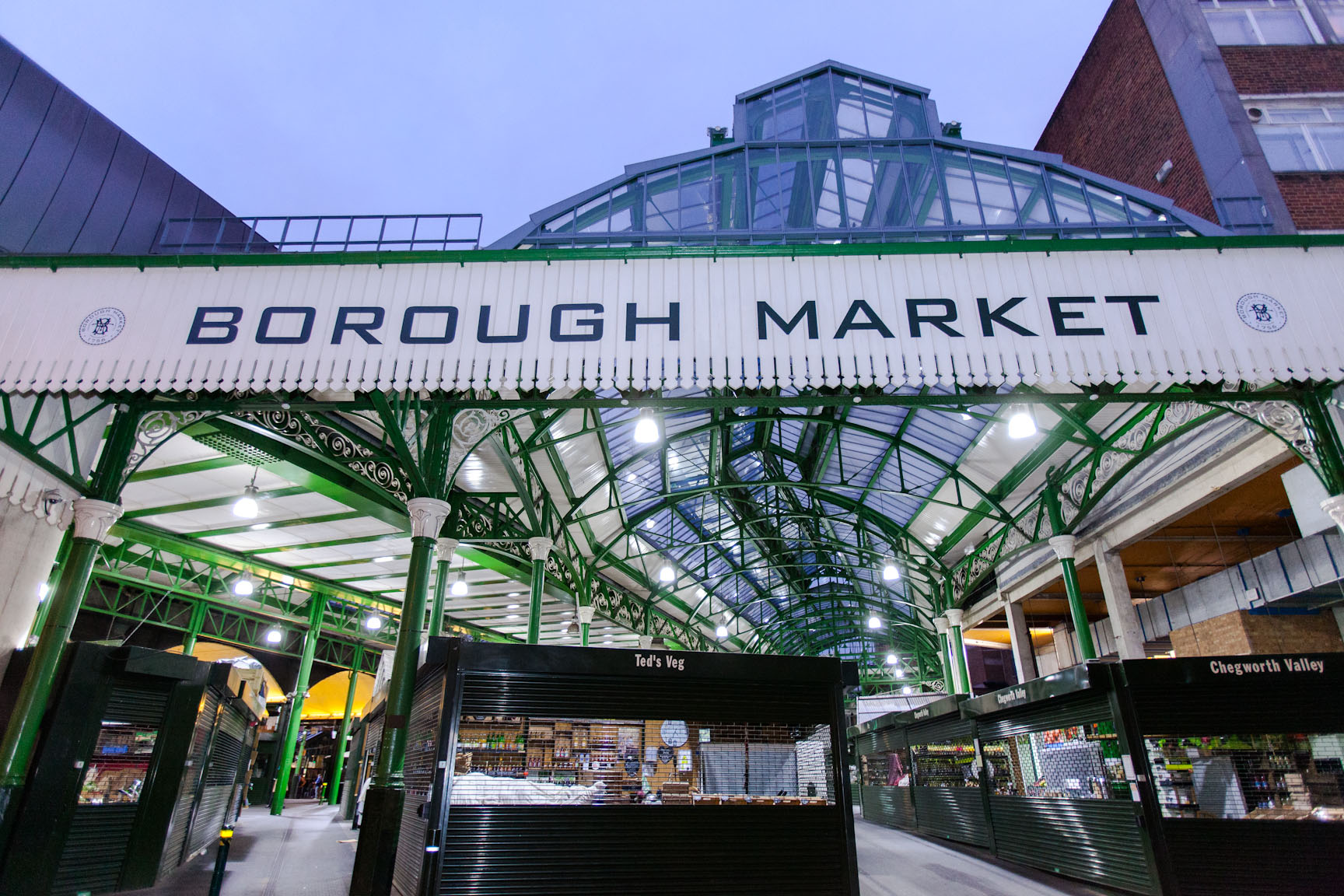
Borough Market is rich with history, but it remains as relevant now as it has ever been. As London’s oldest food market, it has been serving the people of Southwark for more than a thousand years - and that extraordinary heritage is certainly an important part of its appeal.
First and foremost, though, it is a source of genuinely exceptional produce. Many of the Market’s stallholders are themselves producers: the farmers who reared the animals, the fishermen who caught the fish, the bakers who baked the bread.
Other traders have built their reputations on seeking out small-scale artisan producers and bringing their wares to Borough.
Together, the Market’s stalls, shops and restaurants reflect London’s status as a truly global city, with traditional British produce sitting alongside regional specialities from around the world.
7) Southwark was once home to England’s most renowned prisoners
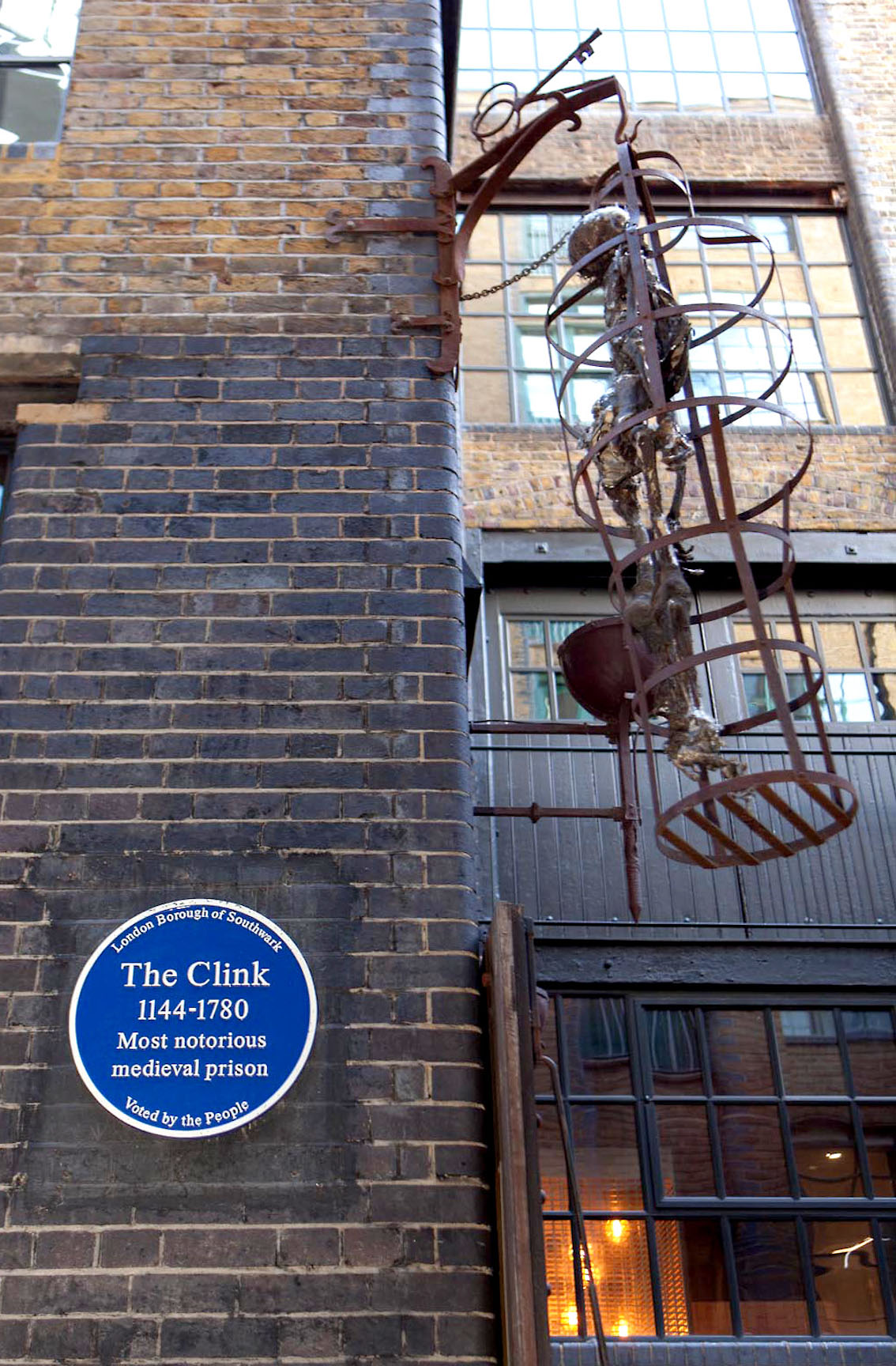
The Clink Prison dates back to 1144 and was one of England’s oldest and most notorious prisons.
Positioned in the heart of modern-day Southwark, the prison was situated in an area that has long been associated with more raucous, vivacious and unruly behaviour; it was the louder, ruder and wickeder neighbour to The City, and a place where Londoners sought entertainment.
It is believed that in 1586, a group of people were sent to ‘The Clink’ for refusing to obey the religious laws of Elizabeth I, thus beginning a tradition of religious dissent within Southwark.
Today, in its place stands the Clink Museum, where visitors can learn all about this scandalous truth of Old Bankside through a hands-on educational experience, with the opportunity to view archaeological artefacts, handle torture devices, and to view and hear all about the tales of torment and many misfortunes of the inmates of the infamous Clink Prison.
8) You can still experience the 16th century atmosphere
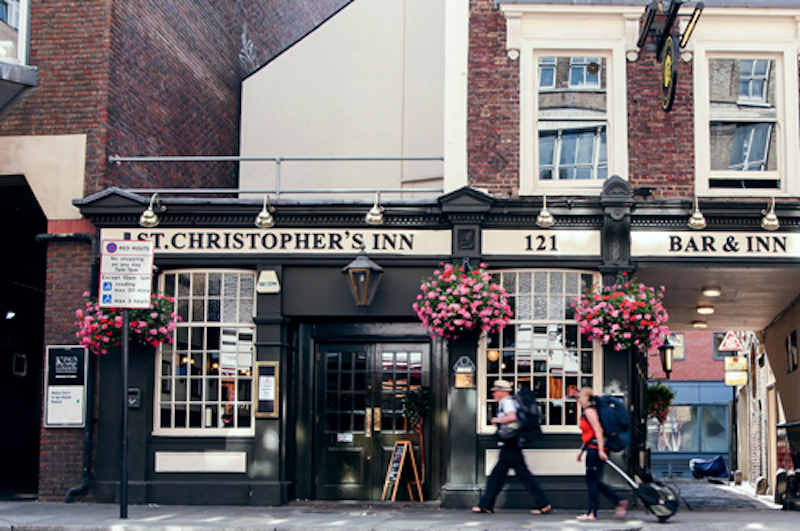
People come from far and wide to immerse themselves in the fast-paced, electric culture of the capital – and there’s no place more central from which to base yourself than London Bridge.
St Christopher’s At The Inn offers the perfect blend of period and modern, with a lively 16th century-style English pub downstairs.
Guests at St Christopher’s receive 25% off food and two-for-one drink specials every day, with a delicious British pub-grub menu on offer.
Its central location means it’s just a short walk from the London Eye, Tower Bridge and London’s biggest and best food market, Borough Market.
9) Follow in the footsteps of the Mayflower crew
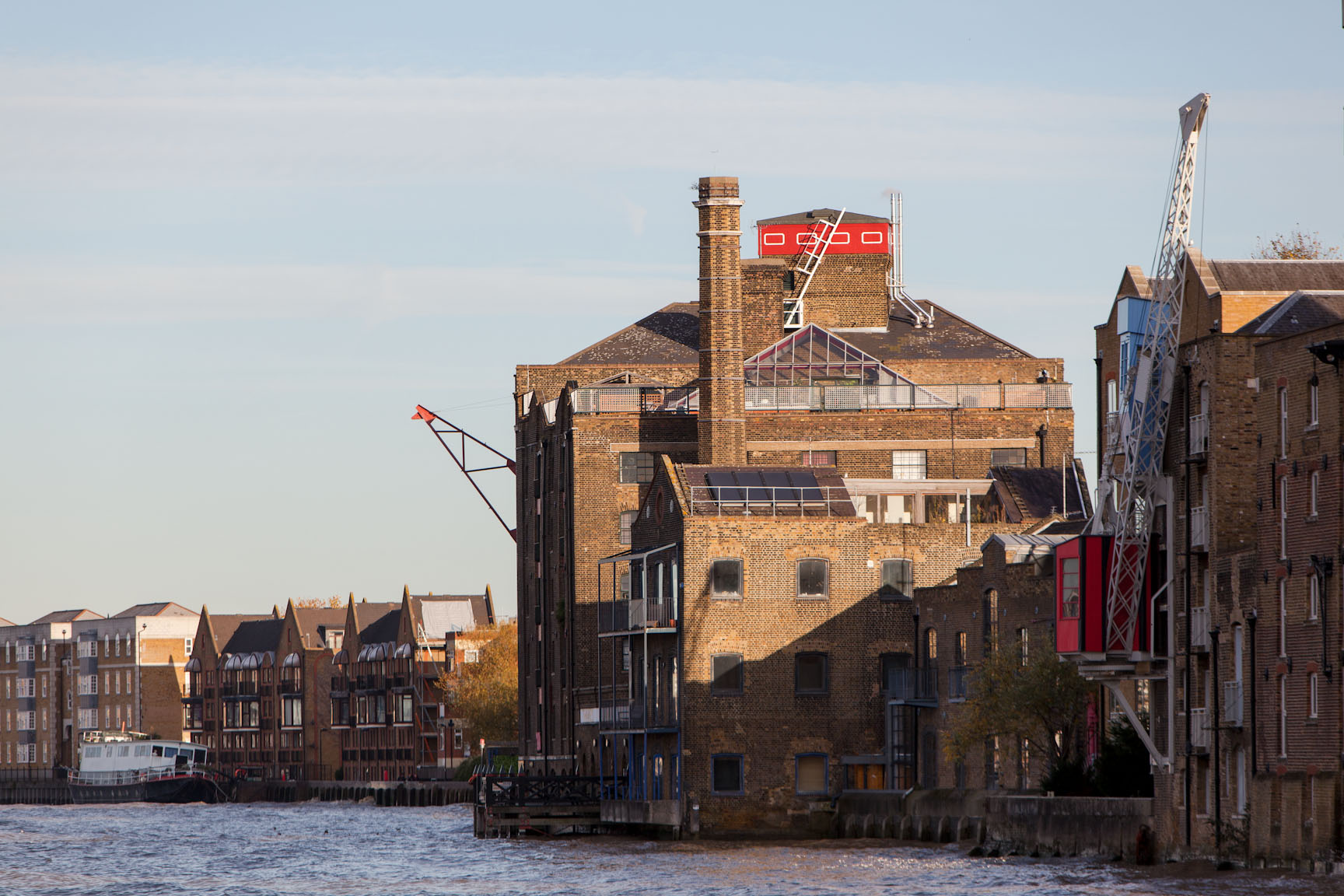
Rotherhithe, where the Mayflower ship was berthed, is a district long associated with shipbuilders and seafarers.
In 1620 most of this area would have been low-lying marshland. But along the banks of the Thames there had been for centuries a thriving industry, with yards for building, repairing and breaking the sailing ships so essential to the British navy and global maritime trade.
In the 19th and 20th centuries this area was dominated by a vast network of enclosed wet docks, known as the Surrey Commercial Docks. This was the centre of London’s timber trade and an important hub for importing grain and foodstuffs, including from North America.
Almost all of these docks were later closed, drained and filled in. Among those that survive are Canada Dock and, further to the south, Greenland Dock. Today, you can take a tour titled ‘Ships, Seafarers, Enterprise and Industry: Rotherhithe’, which allows you to explore Rotherhithe’s long maritime history and global connections.
10) … and learn more about them
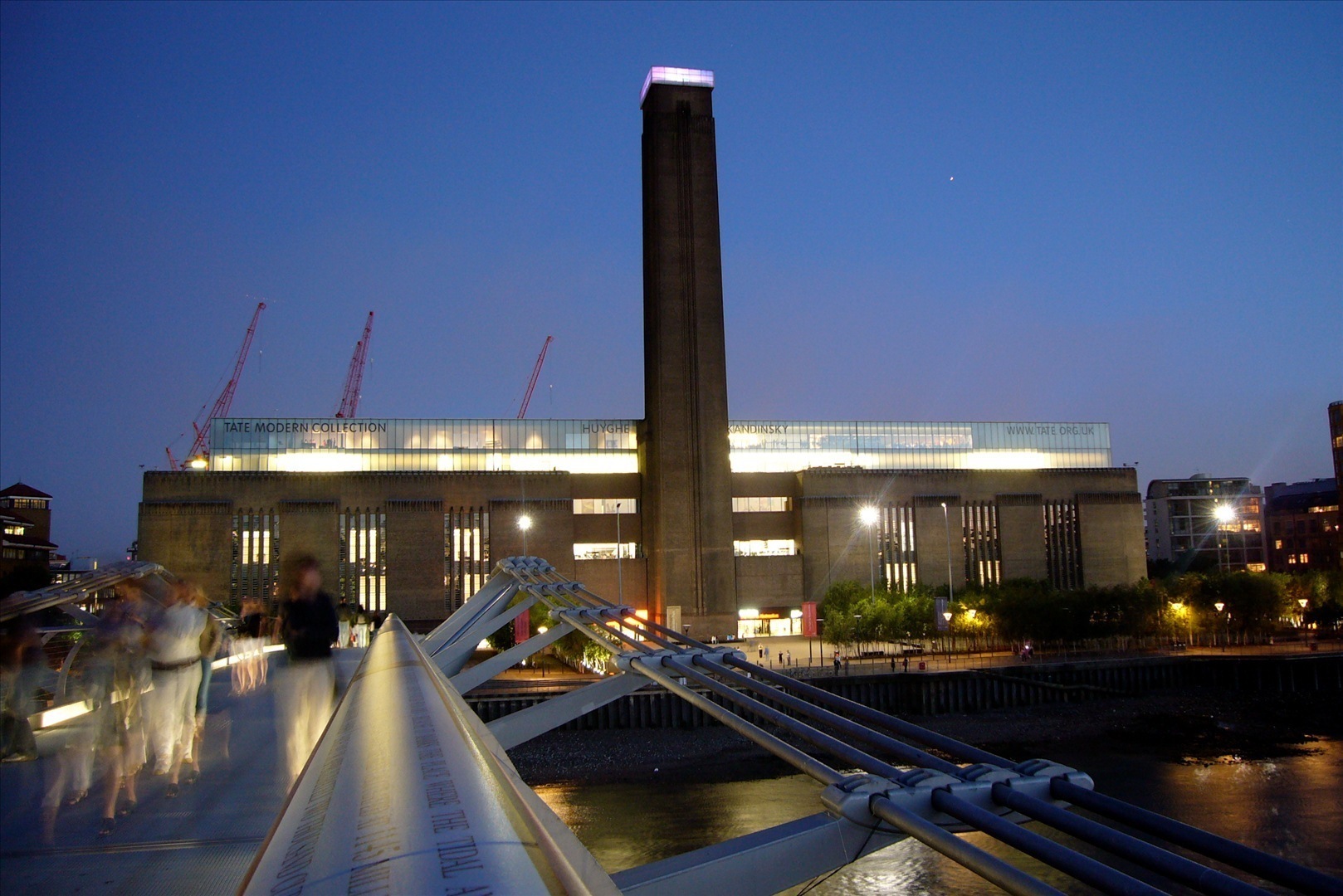
Southwark hosted a number of fantastic events and activities during the Mayflower 400 commemoration year.
Find out more about Southwark’s Mayflower programme here.
Sign up for the latest Mayflower 400 news
You'll be the first to hear the latest Mayflower news, events, and more.
Log In
Register
Mayflower 400 Proudly Supported by our National Sponsors and Funding Partners






